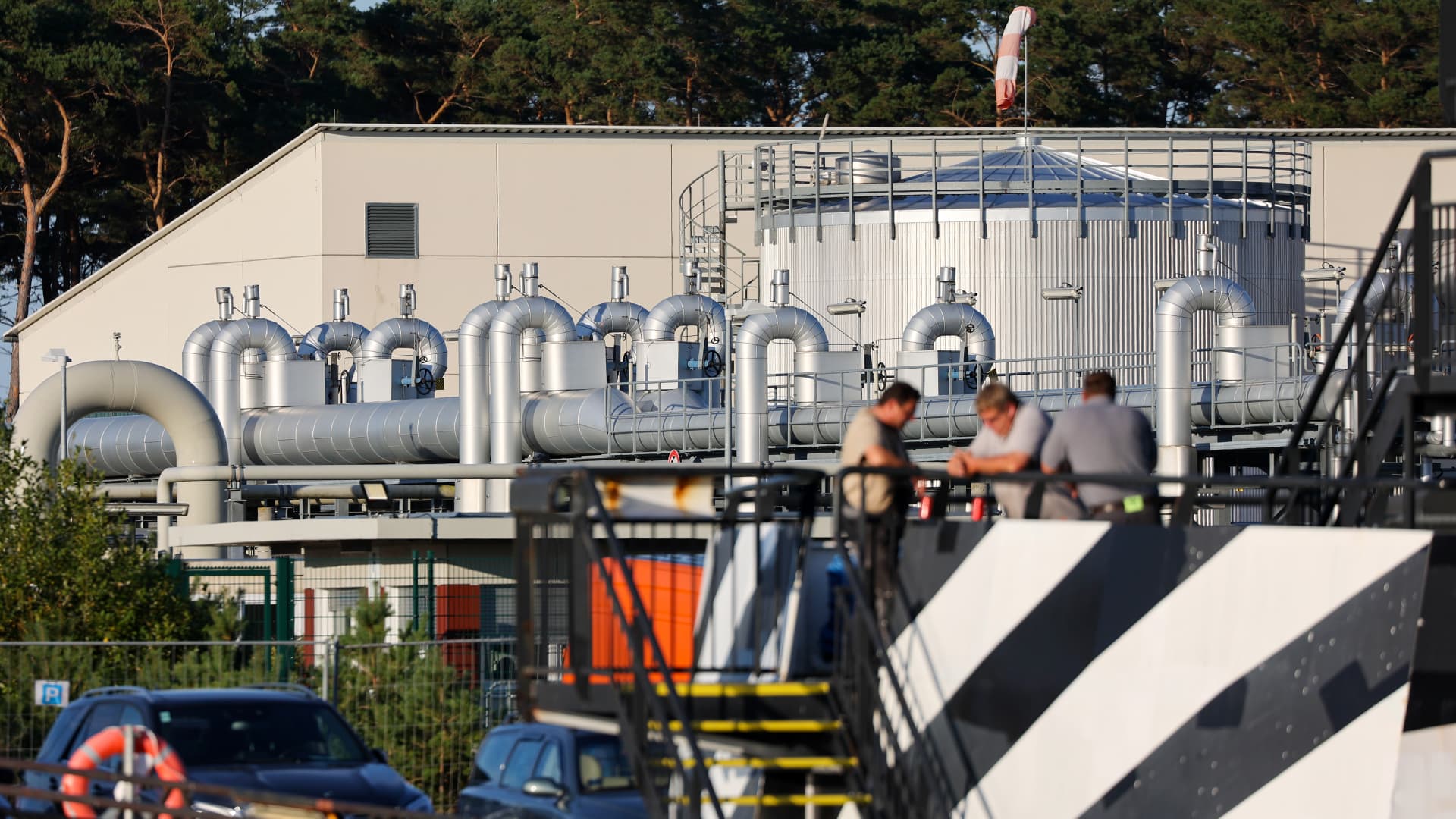Energy
Monday, October 21st, 2024 6:26 pm EDT
Key Points
- U.S. crude oil futures rose over 1% on Monday, recovering some losses from a previous week that saw prices drop more than 8%, largely due to market perceptions that Israel-Iran tensions would not disrupt oil supplies in the Middle East.
- The price increase was supported by China’s decision to cut its benchmark lending rate, with Saudi Aramco CEO Amin Nasser expressing optimism about demand in China, the world’s second-largest economy.
- While prices for West Texas Intermediate and Brent crude increased, the market is shifting focus back to supply and demand fundamentals, with predictions of a surplus of 1.3 million barrels per day by 2025, driven by softening demand in China, OPEC’s planned supply increase, and robust U.S. crude production.
U.S. crude oil futures saw a rebound of over 1% on Monday, recovering some of the losses experienced during the previous week, when prices fell more than 8%. The decline was primarily driven by market sentiment that tensions between Israel and Iran would not significantly disrupt oil supplies in the Middle East. On Monday, the price increases were further supported by China’s decision to cut its benchmark lending rate, prompting optimism about demand from the world’s second-largest economy. According to Saudi Aramco CEO Amin Nasser, he remains “fairly bullish” regarding this demand.
On Monday, the West Texas Intermediate (WTI) crude oil for the November contract rose by $1.04 to settle at $70.26 per barrel, reflecting a 1.5% increase. Despite this uptick, WTI crude oil prices have decreased nearly 1% year-to-date. Similarly, the Brent crude oil for the December contract increased by 86 cents to $73.92 per barrel, marking a 1.18% rise, though it has seen a nearly 4% decline for the year. In addition, RBOB gasoline for the October contract was up by 0.2% to $2.0061 per gallon, while year-to-date gasoline prices have dropped nearly 5%. Natural gas prices for the October contract also rose by 2.83%, reaching $2.322 per thousand cubic feet, yet they have fallen more than 7% year-to-date.
As the oil market transitions, focus is shifting back to supply and demand dynamics. Current indicators suggest a softening in consumption in China, coinciding with expectations of increased supply. A recent forecast from Morgan Stanley anticipates a surplus of 1.3 million barrels per day by 2025, driven by decreasing demand in China, OPEC’s plan to reintroduce barrels to the market in December, and sustained strong crude production levels in the U.S. Overall, while the recent price increases provide a momentary reprieve for crude oil, the longer-term outlook suggests challenges ahead due to evolving supply and demand conditions.
For the full original article on CNBC, please click here: https://www.cnbc.com/2024/10/21/crude-oil-prices-today.html



